The 2014 Porsche 918 Spyder is the most technologically advanced and complex sports car that Porsche has ever released. Not only does it capitalise on and exploit technologies that Porsche has developed and used before, it also adds a few new ones to the mix.
It is the latest in a long line of limited production Porsche supercars that started with the 959 in the late 1980s and continued with the GT1 in the mid-to-late 1990s.
However, in terms of pure concept and lineage, as a mid-engined supercar with removable roof panels, the 2014 Porsche 918 Spyder owes the most to the 2003 Porsche Carrera GT.
Where the Porsche 918 Spyder turns things on its head is in its relationship with motorsport. The 959 concept, albeit in naturally-aspirated form, saw action in the Paris-Dakar rally before the road car was launched. The GT1 that followed a decade later was a street homologated version of a pure Le Mans race car, while the Carrera GT was based on a stalled sports prototype racecar project.
From this perspective, the 2014 Porsche 918 Spyder is unique in being designed purely as a road going supercar from day one, although it would not be wrong to say that some inspiration for its basic layout came from the RS Spyder endurance racer that won the ALMS in 2005.
As a road legal production super sportscar, the Porsche 918 Spyder fully addresses both the practical needs of today’s owners on the one hand, while aiming far down the road in terms of environmental responsibility on the other.
Porsche’s first ever production plug-in hybrid sportscar, the 2014 Porsche 918 Spyder is also the vanguard of things to come. While Porsche already has second-generation hybrid versions of the Cayenne and Panamera on sale, some of the systems used in the Porsche 918 Spyder will only appear on third generation vehicles, as well as the rumoured 991 Carrera Hybrid that might well appear in the coming months.
[youtube]http://www.youtube.com/watch?v=Wo_6X25DXAQ[/youtube]
To reach this point, the engineer’s at Porsche’s Weissach R&D facility have been on a very steep learning curve in recent years. Importantly, their approach to hybridisation is quite different from that of Toyota, the pioneers of production hybrid cars who’s primarily aim is the optimisation of fuel economy and CO2 emissions.
Coming at the technology from a quite different angle, Porsche uses electric power to boost the dynamic abilities of its vehicles, with the economy and emissions aspects working cheek by jowl with a clear high performance mission statement. As the world’s largest manufacturer of premium sports cars, they could not really do otherwise.
The electronic control systems that Porsche has developed in conjunction with key component suppliers such as Bosch are insanely complex to the layman. And looking beyond the robust hardware packed into the 2014 Porsche 918 Spyder, the software required to run all the cars systems so seamlessly must have given the engineers many sleepless nights.
“The engine and electrical network architecture is a combination of Panamera S E-Hybrid, 991 GT3 and even Macan,” explained Project Director, Frank Walliser.
“As the fuel-injection and much of the control hardware is Bosch, the main ECUs are also Bosch like on the new GT3, whereas the Cayenne, Panamera, Carrera and Boxster/Cayman models use the Continental (formerly Siemens) system.
Where a conventional petrol-engined Porsche model will have about 15,000 ‘data labels’ running through its ECUs via the CAN-BUS link, the Panamera S E-Hybrid has around 25,000.
Vastly more complex in its hybrid functionality, the 2014 Porsche 918 Spyder has as many as 40,000 data labels coursing through a total of 55 separate system ECUs, many of which are bespoke for this limited production super sports car.
While the electric motors, Lithium-Ion batteries and their attendant control systems are still pretty alien technology for the vast majority of car enthusiasts, petrolheads will completely get the bespoke, lightweight, flat-plane crank V8 that Porsche developed for the Porsche 918 Spyder.
[youtube]http://www.youtube.com/watch?v=5Nr7ymjCAfQ[/youtube]
The 4,593cc, dry-sump, naturally aspirated, flat-plane crank V8 motor is the first production flat-plane crank V8 Porsche has ever made. Lighter and more compact than the bent-crank V8 shared by the Cayenne and Panamera, this new motor features technologies that reduce internal friction, helping its ability to rev high and fast and minimise fuel consumption.
Producing 608hp at 8,700rpm, its specific output of 132hp/litre is higher than that of any naturally aspirated production motor. Reaching that benchmark sans forced aspiration means very high revs, and this V8 motor has a 9,150rpm rev limit.
The electric motors add 286hp at 6,500rpm to this, creating a system total of 887hp at 8,700rpm, with between 917 and 1,280Nm of torque, depending on which ratio of the seven-speed PDK gearbox you are in.
Even though the Porsche 918 Spyder tips the scales at 1,674kg, or 1,634kg with the weight reducing Weissach package, its performance is stellar. With all systems go and the front electric motor giving it AWD capability, it blasts to 100km/h (62mph) in just 2.6 sec. The 0-60mph time is 2.5 sec.
The 200km/h (124mph) mark is passed in 7.3 sec (7.2 sec Weissach package), with 300km/h reached in 20.9 sec (19.9 sec Weissach package). Significantly, the standing quarter mile falls in 10.0 sec dead for the normal car and 9.9 sec for the Weissach package car.
The electric motors rev to 16,000rpm, which corresponds to 265km/h. Over this speed, the clutch decouples the internal combustion engine from the electric motors, and 345km/h Vmax is a petrol only affair. On battery alone, top speed is 150km/h, and high-speed running depletes the stored power very quickly.
Think about that for a minute; a standard production road car that can turn sub-10 sec quarter miles, yet return a 3.0 L/100km fuel consumption in normal driving with CO2 emissions of 70g/km. These are spectacular numbers that sum up the depth and breadth of Porsche’s technical achievements here.
The Spyder’s range on pure electric power is stated as 16 to 31 km. For those who have battery anxiety, Porsche offer a seven-year warranty on the battery, and that means three years beyond the four-year warranty on the rest of the car.
So much for the hard technical facts, this is a super sportscar so the subjective driving impressions are key to its desirability. The sound of a cars engine is half of that, and the Porsche 918 Spyder scores heavily when its flat-plane crank V8 is on full song, and then leaves you with an other worldly experience when it is running on battery power alone.
In the latter mode the Spyder is freakishly calm and composed. It is like sailing along on a calm sea, and this quiet period is certainly the best opportunity you will get to listen to the superlative Burmester audio system.
With the V8 motor on full noise, the Spyder turns into a roaring tiger, the two big exhaust outlets just behind your head venting burnt combustion gases like a pair of angry dragons.
In true supercar style, the naturally aspirated V8 is best heard when it is engaged with the roof panels off. Then, the soundtrack that reaches your ears is undiluted 100 Proof aural nirvana.
The combination of intake, combustion and exhaust starts with a light thunder at low revs, and rises to a primal racecar-like scream as it closes on its sky-high 9,150rpm limit. In full battle cry, the restless sound waves that hammer your eardrums into submission are as full on and spine tingling as they come.
The presence of such polar opposite characters in one car is something that will take most owners some time to reconcile in their own minds. This is a car of huge contrasts, and if any driving machine can feel schizophrenic, this is surely it!
Once you have driven the Porsche 918 Spyder on track, its clearly felt synergetic combination of eyeball popping straight-line speed, near perfect steering, suspension, braking and aerodynamic performance makes its record breaking 6.0 min 57 sec Nurburgring lap time somewhat less of a surprise.
[youtube]http://www.youtube.com/watch?v=2Yz8cizr6sI[/youtube]
From the very first bend on the very fast Valencia Circuit, it was abundantly clear that, as with the new 991 GT3 and Turbo, the Active Rear steering makes a huge difference to the way the car turns in.
First and foremost, the system helps to disguise the Spyder’s weight on the fly. Thus, while it tips the scales at 1,625kg, a good 60kg more than the Turbo S, the messages received by the seat of your pants subjectively say some 200kg less.
Thanks to a fairly even weight distribution over each axle, with heavy bits like the 138kg battery pack positioned centrally on its flat-bottomed floorpan, the plug-in hybrid Porsche 918 Spyder has a much lower polar moment of inertia than the rear-engined 911. A Cayman on steroids? Way more than that.
Turn in after coming off the brakes and the nose chases the apex like a bloodhound. Turn in under trail braking and the front-end grip is even better.
You can really feel the latest generation Porsche-specific Michelin Pilot Sport Cup 2 working to the best of their ability, delivering a steer much like a well set up racecar, albeit without the even more extreme mechanical grip of slick tyres.
Porsche say that the 2014 Porsche 918 Spyder can generate up to 1.8g lateral acceleration on its street-legal trackday rubber. As a reference point, the GT2 RS reached 1.4g on the previous generation Cup tyres.
The Michelin Pilot Sport Cup 2 tyres for the Porsche 918 Spyder are Porsche specific, and sized 265/35ZR20 and 325/30ZR21. This sticky rubber has a 6.0mm tread depth and an indication of the Spyder’s very slightly rear-biased 43/57 percent front/rear weight distribution comes from the track tyre pressures of 2.3 bar all round.
These big Michelins are wrapped around 9.5J x 20 and 12.5J x 21-inch alloy wheels, normally forged aluminium, but forged magnesium on Weissach package cars for a further saving of 14kg.
Commitment to bends comes easily after a few laps in the Spyder because its unerring stability is so transparent and the characteristic velocity of the chassis, i.e. behaviour once mechanical grip is exceeded, is very linear. Overstep the grip of the rear tyres, as I did on one bend in Race mode, and a quick flick of the steering brings things smartly back into line.
The big surprise though was how easy the car is to drive at the level that marks the bald limit of a really fast and capable trackday biased sportscar like the 991 GT3, yet with plenty still in hand.
What I was not prepared for was how much I would have to hold back on both straight line speed, braking and cornering to avoid unwelcome contact with the back of the GT3 pace car, piloted by ace Porsche test driver Matthias Hoffsümmer.
From the Spyder’s hot seat I felt like I was just out for a fast cruise, using about 80 percent of the cars straight-line speed and cornering potential as I reeled the GT3 again in time and again.
And why was Matthias getting away in the first place? Simply because I spent a few seconds during every lap fiddling with the powertrain setting control on the steering wheel, which allowed Matthias to pull a few car lengths ahead.
I also had to back off a bit after catching him up to give myself enough room to accelerate out of bends in the more technical, twisty part of the track. Then it was really easy to reel the GT3 in again before braking for the next bend.
The other outstanding dynamic strength of the Spyder’s performance envelope is the fact that its big 410 x 36mm and 390 x 32mm PCCB ceramic brakes are clearly in another league from the excellent PCCB stoppers on the GT3 and Turbo S.
Despite its own rear wheel steering system, race-bred chassis and Cup tyres, I could clearly see the GT3 pace car squirming around on entry to the bends, as Matthias held it right on the limit of its braking and turning abilities. Meanwhile I had the distinct impression that I could have braked even later and carried even more speed through each bend with the Spyder.
The reasons for this are simple. Retardation is aided and abetted to the tune of 0.5g by the strong braking effect of the electric motors when you lift off the throttle, so the brake hardware is more efficient by default, with reduced stress and wear on the system. Incidentally, brake recuperation produces up to 230 kW of power, which flows directly to the traction battery.
Later I jokingly asked Matthias why he was braking so early for the corners, to which he simply replied, “Because I had to!” It was clear that the excellent and inspirational GT3 chassis had simply run out of answers at the point where the Spyder still had plenty in hand.
The key to the Spyder’s towering chassis prowess is the extremely stiff carbon-fibre tub that forms the structural core and to which the carbon-fibre monocoque body shell is attached. Removing the two-piece targa roof has negligible effect on rigidity. Incidentally, the rolling chassis weighs just 138kg.
With a torsional stiffness of 40,000Nm/degree sans roof panels, the Spyder is a huge step up from the already impressive 27,000Nm/degree set by the Carrera GT back in 2003.
Hanging off this ultra-stiff platform, the geometry of the Spyder’s race style is always working at optimum levels to make the most of the big Michelins contact patches, and it shows.
The front suspension is double wishbone and an electro-pneumatic front lift system is an option. The multi-link rear axle features Porsche’s electro-mechanical rear wheel steering, which steers up to 3.0 degrees below 50km/h to increase low speed manoeuvrability, and 1.0-degree above that for enhanced high speed agility. The twin-tube gas-filled dampers are controlled by PASM.
The final piece in the Porsche 918 Spyder’s complex technical puzzle is its Porsche Active Aerodynamics (PAA), which come into play at speed. While it may take major styling cues from the beautiful 1960s Porsche 904 GTS, the 21st Century concept of active aerodynamics was factored into the design from day one.
Thus, provision was made in the rolling chassis for air to be ducted in, through, and out of the car as required for engine cooling, as well as rebalancing downforce across a wide speed range.
‘Start’ mode features the optimum drag coefficient. The rear wing is flush with the bodywork, showing a 2-degree static angle of attack. The ECU oversees a an angle of attack increase to 8-degrees in ‘Speed’ mode, and 14-degrees in ‘Performance’ mode on track, with the wing also elevated to 120mm in these two latter modes.
As additional airflow management aids, flaps in the front floorpan ahead of the axle remain closed except in Performance mode, when they open to help create extra downforce over the front axle.
Finally, the adjustable air intake flaps under the headlamps are used to manage the airflow to either aid fast warm up in cold conditions or engine cooling. They remain open when the car is stationary as well as when it is in Sport Hybrid or Race Hybrid modes. By the way, the red button in the middle of the steering wheel mounted selector engages the Hot Lap mode. I call this the Fifth Element!
To minimise drag, they stay closed in E-Power and Hybrid modes until the car reaches 130km/h, at which point thermal loads increase and extra cooling is required.
While I said, “best handling 911 ever” after my Porsche GT3 review test drive, the 2014 Porsche 918 Spyder is surely the best handling Porsche ever. This is a car that holds your hand in a perfect partnership right to the limit, and then helps you if you overstep the mark. The Porsche 918 Spyder makes a reasonable driver look like a hero, and a good driver appear like a god.
More than just a technical tour de force, the Porsche 918 Spyder is a very engaging drivers’ car whose multiple dynamic facets will continue to delight as much as its cutting edge technology will continue to baffle.
Taken at face value, the 918 Spyder is a pure, thoroughbred Porsche supercar for the 21st Century that sets new performance and economy benchmarks. It shows the way forward not just for the supercar genre, but in many ways also for the future of the car industry as a whole.


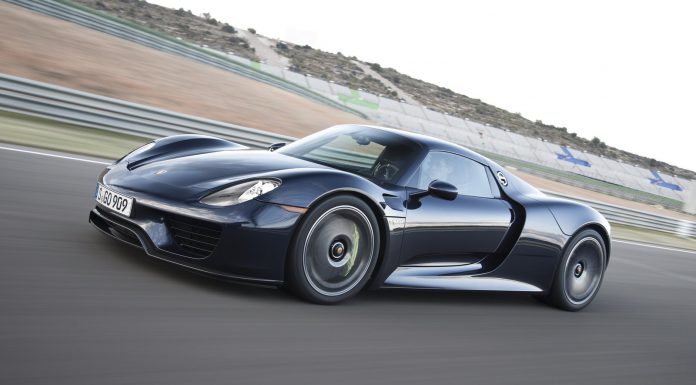



















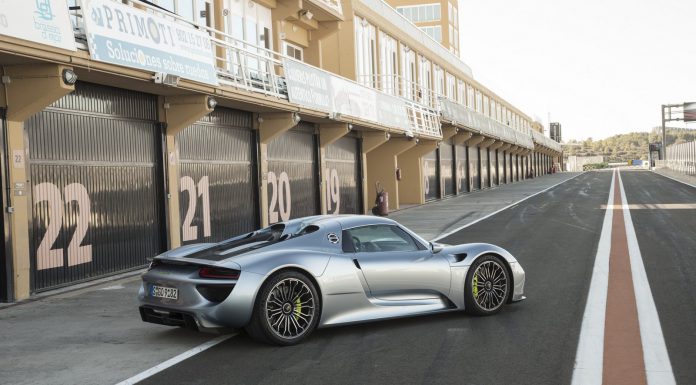













































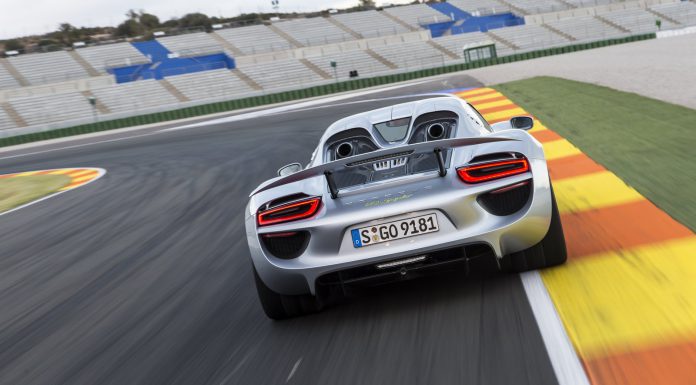













































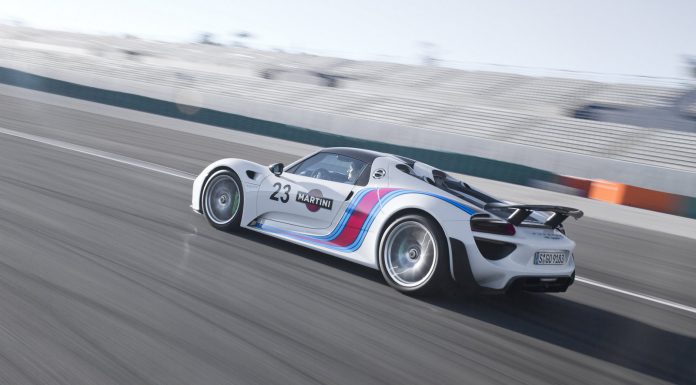



















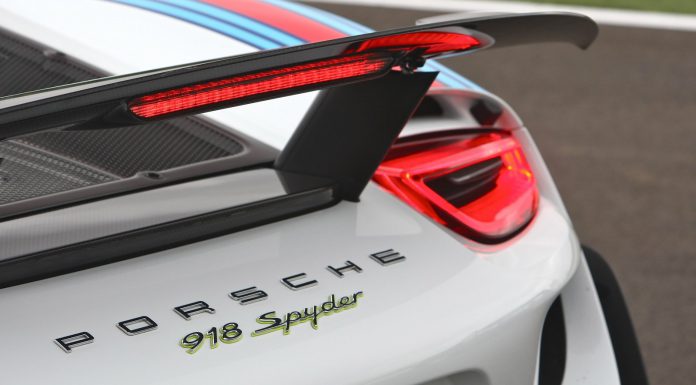






















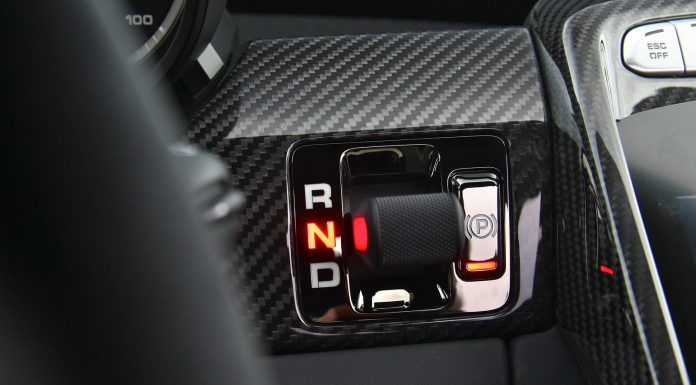












This is the best car in the world, bar none